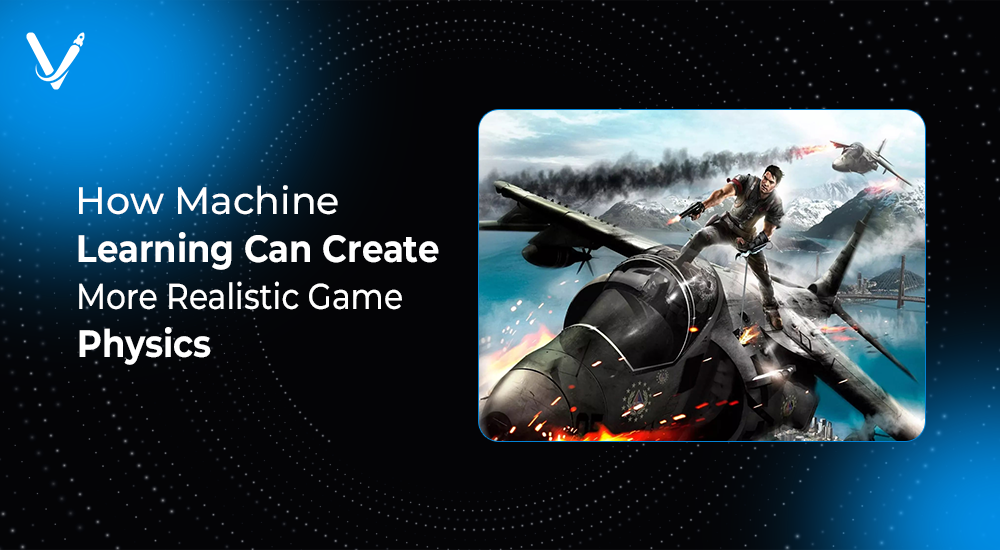How Machine Learning Can Create More Realistic Game Physics


- Aug 8, 2025
In the early days of gaming, physics engines were simplified. Objects moved in predictable arcs, collisions followed pre-set formulas, and character animations were often rigid. Players accepted these limitations because the technology couldn’t keep up with real-world complexity. But as the gaming industry evolved, so did expectations. Today’s players want dynamic worlds where every movement, collision, and interaction feels authentic.
Machine learning (ML) is becoming the driving force behind this transformation. Unlike traditional game physics engines, which rely solely on predefined equations, ML-powered systems can learn physical behaviors from real-world data, player interactions, and simulations. The result? Game physics that adapts, feels natural, and reacts dynamically in ways hard-coded engines never could.
In this article, we’ll explore how ML integrates into game physics, real-world examples of its impact, and how developers can harness it to push immersion to new heights.
Traditional game physics is powered by deterministic algorithms:
These systems are predictable and computationally efficient but often fail to capture nuances like:
Machine learning shifts physics simulation from rule-based computation to pattern-based prediction. Instead of manually programming every rule, developers can:
This enables:
